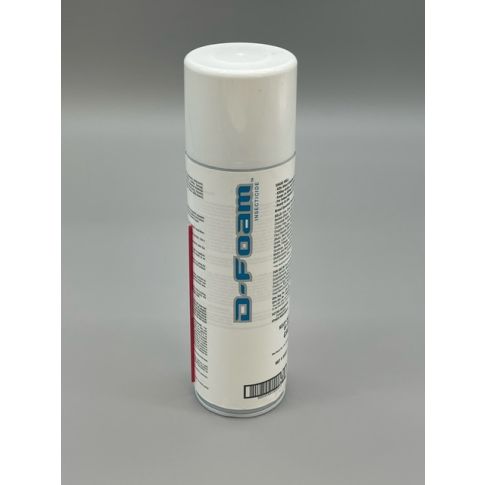Be the first to review this product
D-FOAM 17 oz CAN
In stock
SKU
FMC11008506
D-FOAM 17 oz CAN
| Size | 17 oz CAN |
| Case Qty | 12 / CASE |
| Manufacturer | FMC PROFESSIONAL SOLUTIONS [view products, website] |
| EPA# | 279-3443 |
| Active Ingredient | Deltamethrin |
| Label | fmc10059764_d-foam_label_07202019.pdf |
| SDS | fmc10059764_d-foam_sds_07202019.pdf |
| Chemical Classes | Synthetic Pyrethroid |
| Target Pests | Termites, Subterranean Termites, Formosan Termites, Drywood Termites, Carpenter Ants, , Carpenter Bees, Ants, Bees, Carpet Beetles, Centipedes, Cockroaches, Crickets, Firebrats, Fleas, Gnats, Mole Crickets, Moths, Pillbugs, Silverfish, Spiders, Crawling Insects |
| Use | Food-handling establishments, Homes, Tents, Aircraft, Apartments, Automobiles, Buses, Cabins, Clothes Storage, Driveways, Garages, Kitchens, Warehouses, Wineries |
| No Web orders to | NOT FOR SALE IN: AK, CA, CT, DE, HI, NY, PR, VT, WA, NON U S LOCATIONS |
| Yield | 1 can yields 10 gallons of foam |
D-FOAM 17 oz CAN

